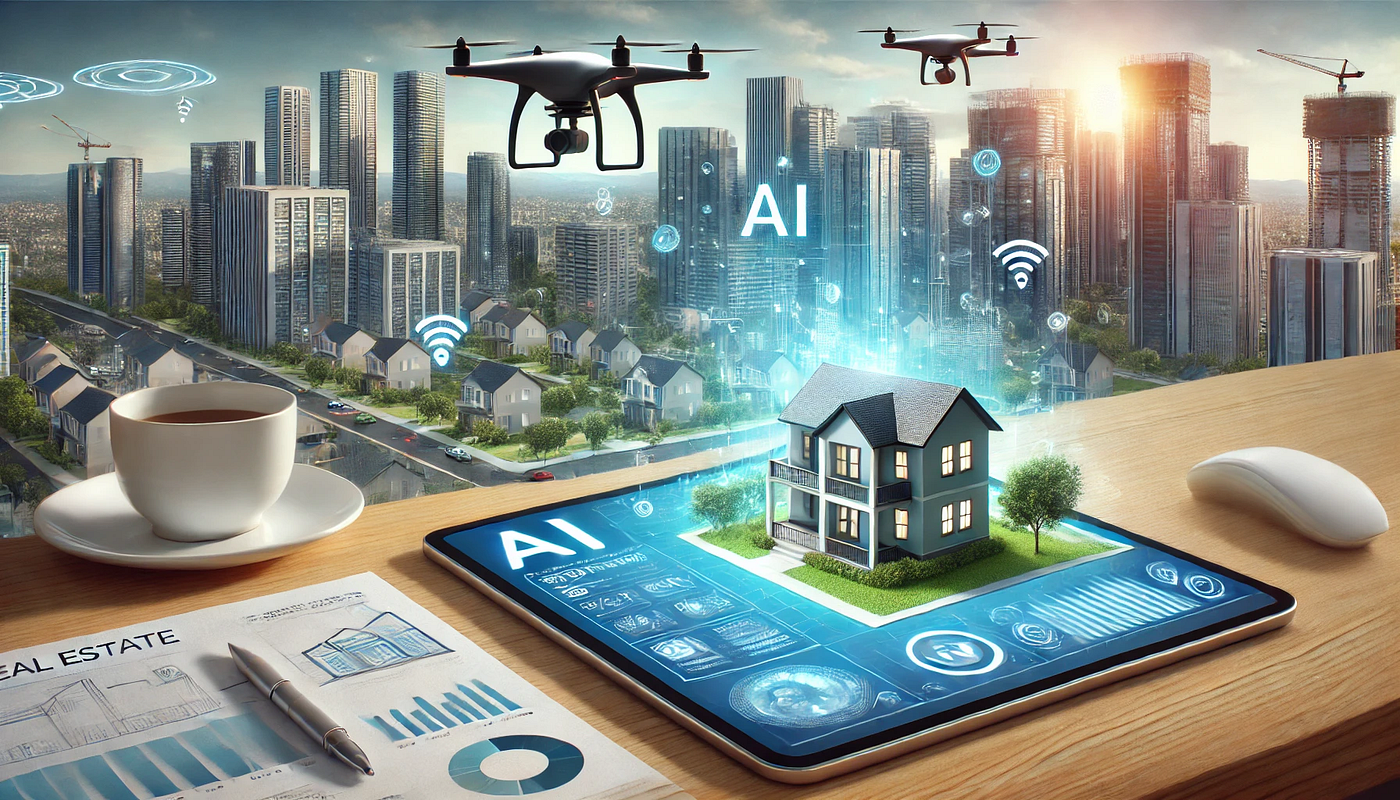Artificial Intelligence (AI) is revolutionizing industries, offering powerful solutions across sectors like healthcare, transportation, and communication. However, as AI systems become more advanced, their environmental footprint and associated risks are also growing. Understanding these risks is crucial for developing sustainable and responsible AI technologies.
What Are the Environmental Risks of AI?
AI technologies, especially those that rely on large-scale data processing and deep learning, can have significant environmental impacts. These risks stem from the energy consumption, resource demands, and unintended ecological consequences tied to AI development and deployment.
Key Risks of AI to the Environment
High Energy Consumption
Training AI models, particularly large language models and deep neural networks, requires substantial computational power. The energy needed for training, storing, and running these models can lead to considerable carbon emissions, especially when powered by non-renewable energy sources.
Carbon Footprint of Data Centers
The backbone of AI systems is vast data centers that operate around the clock. These centers consume massive amounts of electricity for both computation and cooling. Without green energy solutions, this contributes significantly to global carbon emissions and climate change.
Electronic Waste (E-Waste)
The rapid development and upgrading of AI infrastructure lead to increasing amounts of electronic waste. Outdated servers, GPUs, and specialized AI chips are discarded regularly, adding pressure to global e-waste management systems and potentially harming the environment if improperly disposed.
Resource Depletion
AI hardware depends on rare earth elements and minerals like lithium and cobalt, which are finite and often sourced through environmentally harmful mining practices. The growing demand for these materials can exacerbate resource depletion and ecological degradation.
Ecological Impact of Automated Systems
AI-powered systems like drones, robots, and automated vehicles, if widely deployed without regulation, may disrupt natural ecosystems, contribute to noise pollution, and interfere with wildlife in unforeseen ways.
Risk of Unintended Consequences
AI models trained without environmental considerations may inadvertently optimize for goals that harm sustainability. For example, logistics algorithms might prioritize speed over energy efficiency, indirectly increasing emissions.
Balancing AI Development with Environmental Responsibility
While AI presents environmental risks, it also offers opportunities for mitigation:
- Green AI Initiatives: Designing energy-efficient algorithms and promoting research into less resource-intensive AI models.
- Renewable Energy Adoption: Encouraging data centers and AI operations to transition to renewable energy sources.
- Lifecycle Management: Improving recycling processes for AI hardware and investing in sustainable materials.
- Environmental Regulation: Developing policies to ensure AI deployment aligns with sustainability goals.
Conclusion
AI has the potential to drive positive change but also carries environmental risks that must not be overlooked. Balancing innovation with sustainability is essential to ensure that the growth of AI does not come at the cost of our planet’s health. Responsible development, greener practices, and global awareness are key to making AI a true ally in the fight for environmental preservation.







Leave feedback about this